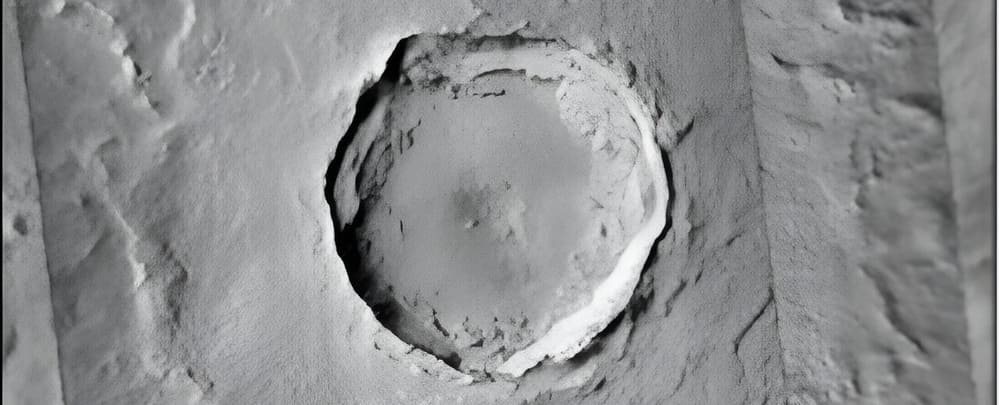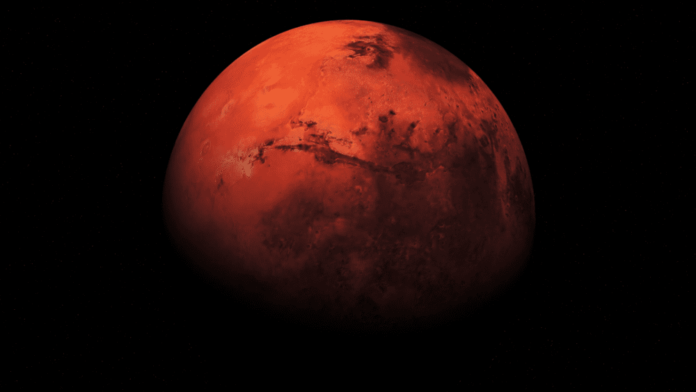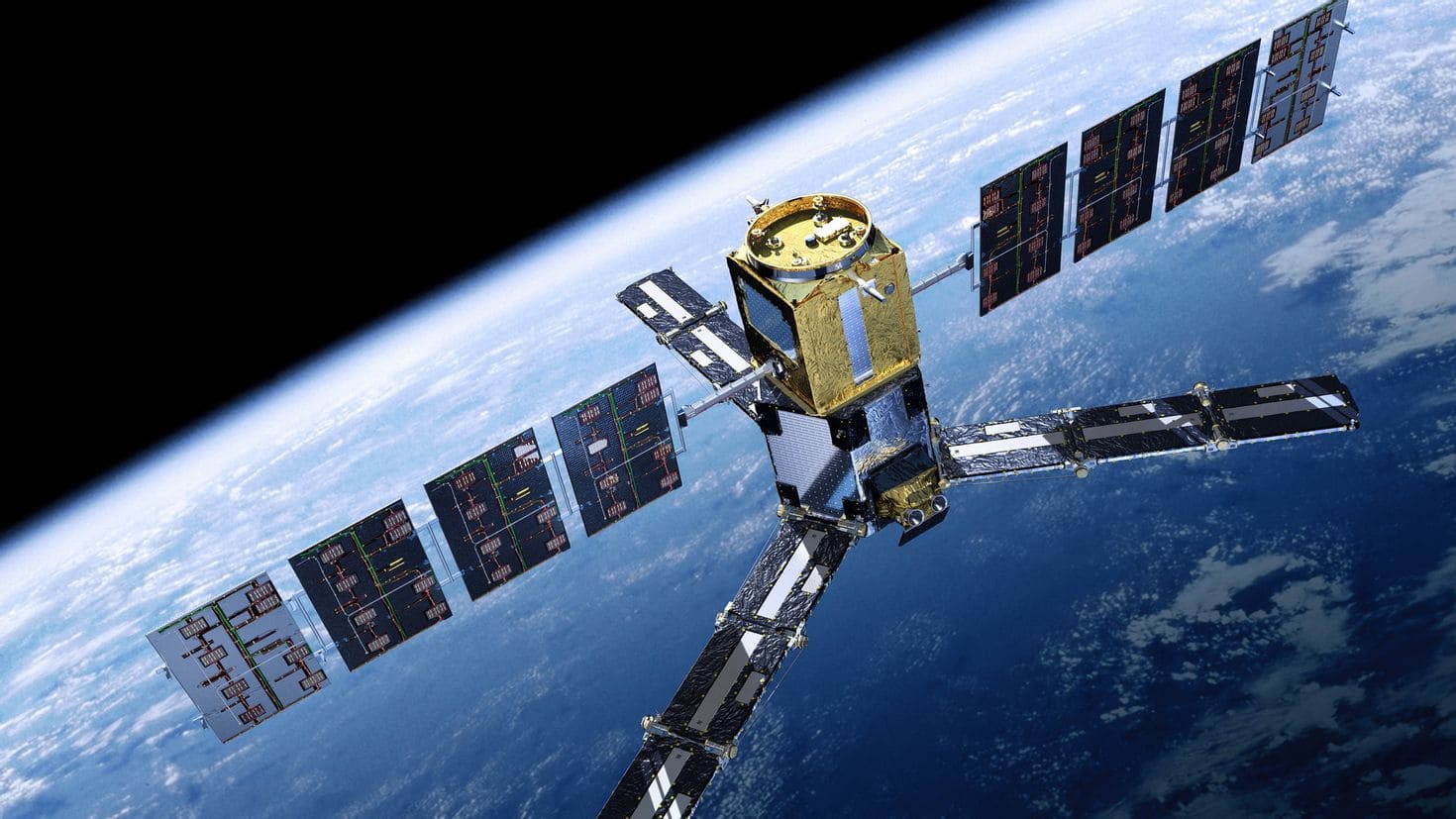Mars, the red planet, recently experienced a mass event that led to unpredictable consequences. A massive asteroid, judging by the traces left behind, struck the area known as the Elysium Planitia, leaving an impressive crater with a diameter of 14 kilometers. Not far from the Martian equator, this space impact sparked keen interest among planetary scientists, prompting them to ponder the events unfolding in the universe.
Upon analyzing the characteristics of the Corinto crater, scientists determined that the “culprit” of this event was an incredibly massive and heavy object, likely a basalt boulder. The surrounding area is dotted with secondary craters formed by the ejection of soil after the impact. These craters, found over a distance of 1850 kilometers from the main crater, testify to the scale and power of the collision. Scientists believe that the asteroid came from the north at an angle of 30-45 degrees approximately two million years ago, noting that this cosmic event can be considered relatively recent.

Interestingly, the Corinto crater not only sheds light on potential threats from space but also provides valuable insights into Mars’ past. Holes discovered by planetary scientists at the bottom of the crater indicate the possible presence of water beneath the Martian crust. These phenomena suggest that millions of years ago, the Martian surface may have been covered by a layer of ice, implying the existence of a hydrosphere on Mars. This allows scientists to speculate that the water on Mars either evaporated into space or was absorbed by the planet’s surface. These findings are valuable for studying the past and present climatic and geological history of Mars. Thus, the space impact on Mars opens the door to new opportunities and challenges in the exploration of this enigmatic planet.



